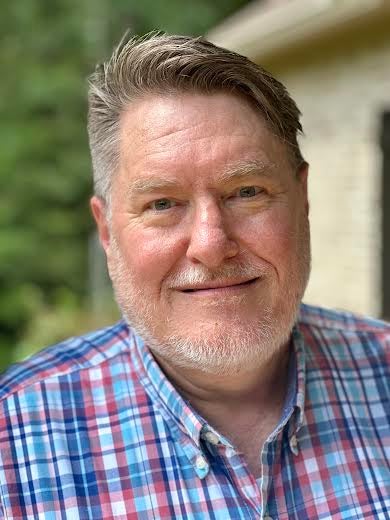Mounds become property of city 1/9/2015
Published 12:00 am Friday, January 9, 2015
By Rita Howell and John Howell
“It’s the city’s.”
So came acknowledgment from Mayor Jerry Autrey at the Batesville City Board’s first meeting of the year, in response to the official deeding of the Batesville Mounds property to the city.
The 90-acre tract was donated in December to the city by the Panola Industrial Development Authority which has owned it since the late 1980s. It was part of acreage purchased from the Harmon family to develop the W.M. Harmon Industrial Park, but never developed due to the location of five ceremonial mounds built by Native Americans who lived in the area about 2000 years ago.
Though the area has been overgrown and overlooked for decades, the establishment of the Mississippi Mounds Trail by the Mississippi Department of Archives and History aroused local interest two years ago. The project will place interpretive roadside markers identifying the sites of archaeological significance along 350 miles of highway in the state.
Archaeologists from MDAH last year assessed the Batesville site, accepted it for the Mounds Trail and made recommendations for clearing and maintenance methods so as not to disturb the historical mounds. The Mississippi Department of Transportation has begun work on a pullover space to allow motorists to stop and view the largest mound, 20 feet high and now visible from Highway 35 North. An interpretive marker will be placed beside the highway.
Woodlands Indians
Archaeologists classify inhabitants of the Batesville Mounds as Indians of the Middle Woodlands period, likely from 500 B.C. to 300 A.D. They predate the Chickasaw and Choctaw tribes who inhabited north Mississippi at the time of its first visitation by Europeans.
Archeologists distinguish the Indians of the Woodlands period from their predecessors because they made pottery, planted limited crops and built mounds. They also hunted and no doubt fished in the nearby Tallahatchie.
They built permanent structures, including the mounds, for which they dug earth from nearby borrow pits still there and hauled it in baskets to construct the monuments.
Archeologists agree that the mounds played an important role as ceremonial burial sites, but they also conjecture other ceremonial uses.
Modern use
Seventeen centuries after the Woodland Period residents moved on, the village site was alive again last fall when Boy Scouts from Troop 78 camped there. About 150 scouts, parents and leaders spent the weekend hiking trails, playing games, and hearing stories around campfires.
The inaugural Scout campout sparked interest and enthusiasm and plans for future activities at the site.
The future
Local amateur historian John Nelson III first approached the city board in 2013 on behalf of the Panola County Genealogical and Historical Society (Pan Gens), informing the board about the Mounds Trail and the society’s interest in having the Batesville Mounds included. Now that the area has been cleared, deeded to the city, listed on the Mounds Trail, and will soon have a designated pullover spot on the highway, there’s another phase to the Pan Gens proposal.
The group has suggested that the Batesville Mounds might be developed into a visitor attraction that could ultimately lead to the construction of a museum building near the site.
“We think this would be a great thing for the county,” Nelson told the board in 2013.





